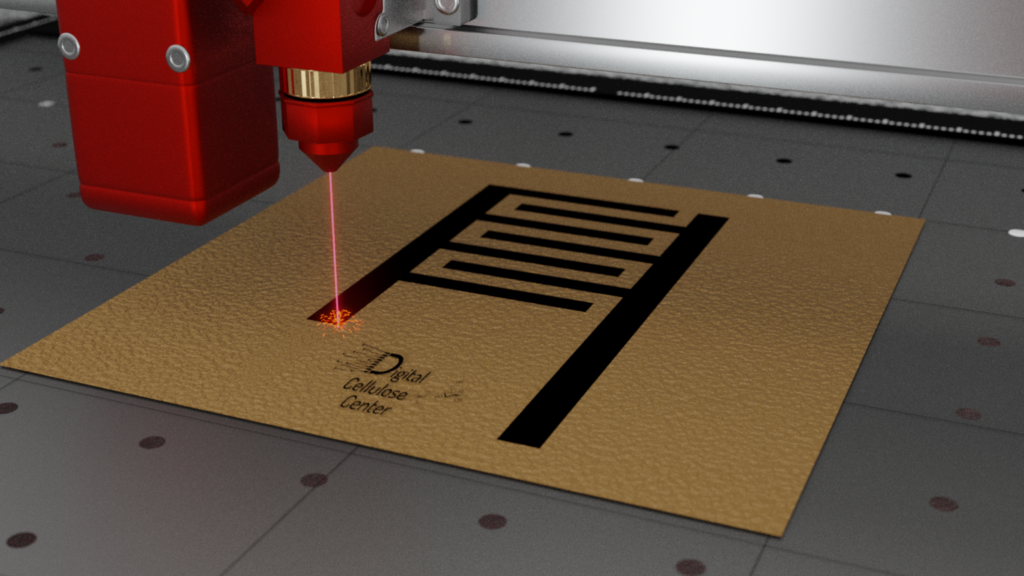A new publication by RISE (Research Institutes of Sweden) researchers within the Digital Cellulose Center has been released online in the journal npj Flexible Electronics. The report outlines how to create an electrically conducting material from a wood-based ink. The ink is environmentally friendly and sustainable being composed of lignin and cellulose from wood and dissolved in water. After the ink is deposited via screen-printing a laser is used to carbonize the ink into electrically conductive carbon that can be incorporated into functional components such as a humidity sensor.
The article can be found here: https://www.nature.com/articles/s41528-020-0080-2


